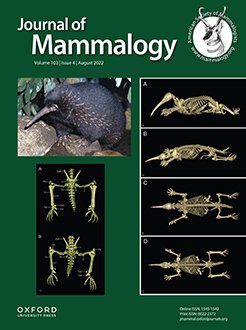When making foraging decisions, animals evaluate the risk of being preyed upon or hunted. This applies particularly to large-bodied, long-lived species with a long evolutionary history of human persecution, such as wild boars (Sus scrofa). Wild boar populations are rapidly expanding throughout natural, agricultural, and urban areas worldwide, thus escalating human–wild boar conflicts. Most of these conflicts are associated with crop and garden damages by foraging wild boars. To study the foraging behavior of wild boars across a gradient of human risk, we evaluated the combined effects of hunting, land use type, and wild boar group size and structure on boar use of feeding devices. We installed corn-supplemented feeding devices in four land-use types and hunting combinations: urban areas with and without hunting, rural areas (namely, agricultural areas with hunting), and nature reserves without hunting. Our results show that rural areas and urban areas were the most important predictors of the wild boars' decision to eat or not and the time it took them to start eating from the moment they arrived at the feeding device (TBE—Time Before Eating). In addition, our study suggests that the TBEs of urban boars were significantly lower compared to boars from nature reserves. We further found that TBEs of urban boars were significantly lower than TBEs of boars in nature reserves. Our results suggest that the foraging behavior of wild boars varies spatially, corresponding to the different land-use types. We propose that the readiness of boars to forage in urban areas results from their habituation to human presence and lower perception of risk.
How to translate text using browser tools
25 March 2022
Wild boar foraging and risk perception—variation among urban, natural, and agricultural areas
Achiad Davidson,
Dan Malkinson,
Uri Shanas
ACCESS THE FULL ARTICLE

Journal of Mammalogy
Vol. 103 • No. 4
September 2022
Vol. 103 • No. 4
September 2022
behavior
hunting
land uses
predation risk





